Ruby Gemstones – Certified Natural Rubies
Ruby gemstones are prized for their rich red hue, exceptional durability, and timeless beauty. Known as the “King of Gemstones”, rubies symbolise love, passion, and prosperity. Our collection features natural, certified rubies in a range of cuts, carat sizes, and price points. Explore Burmese Ruby Gemstones from Myanmar’s Mogok Valley or Mozambique Ruby Gemstones known for their vivid red tones.
shape
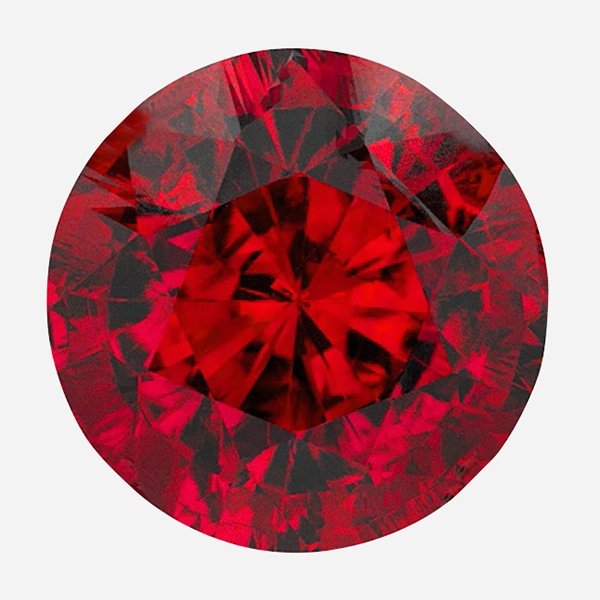
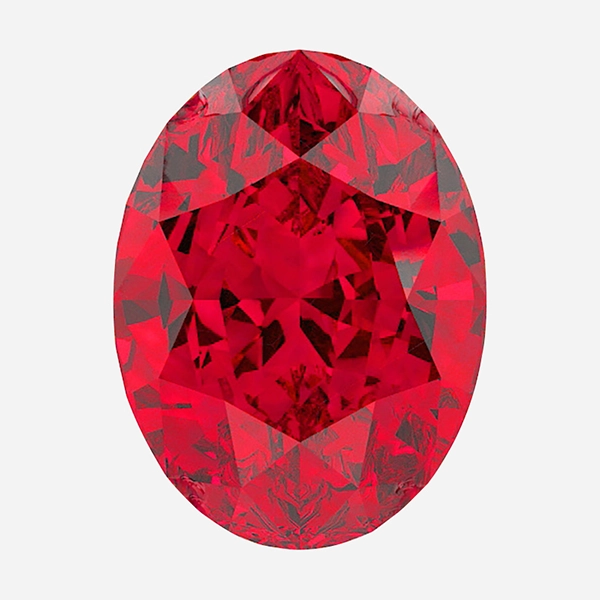
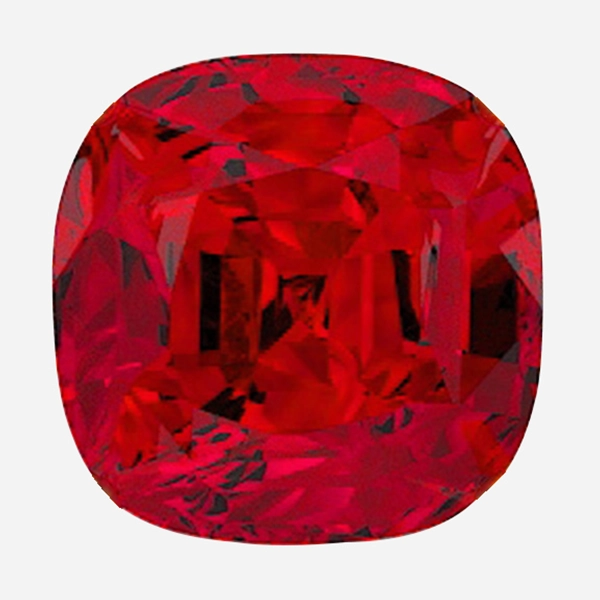
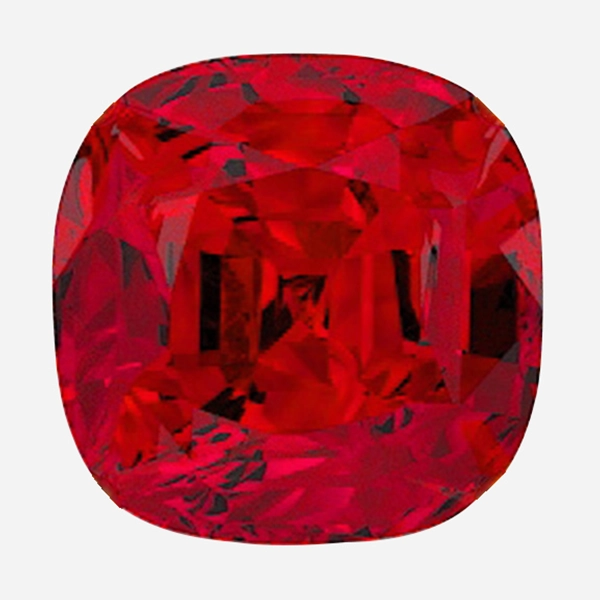
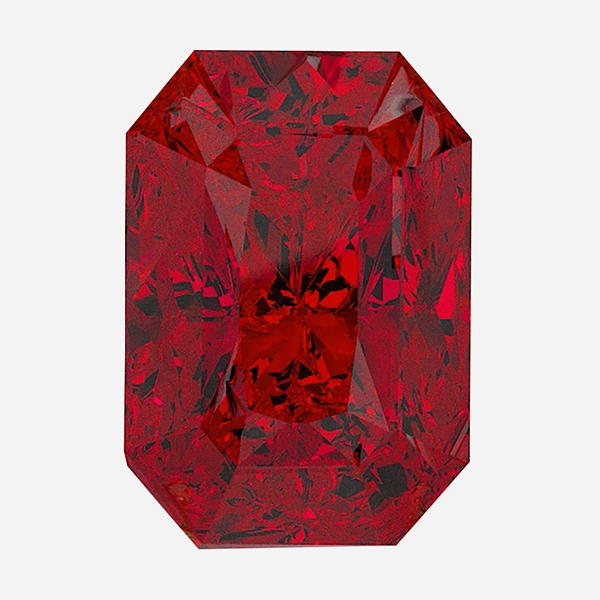
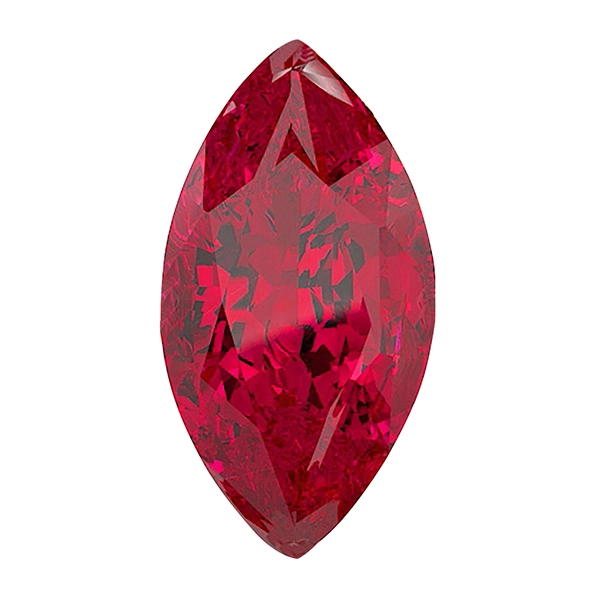
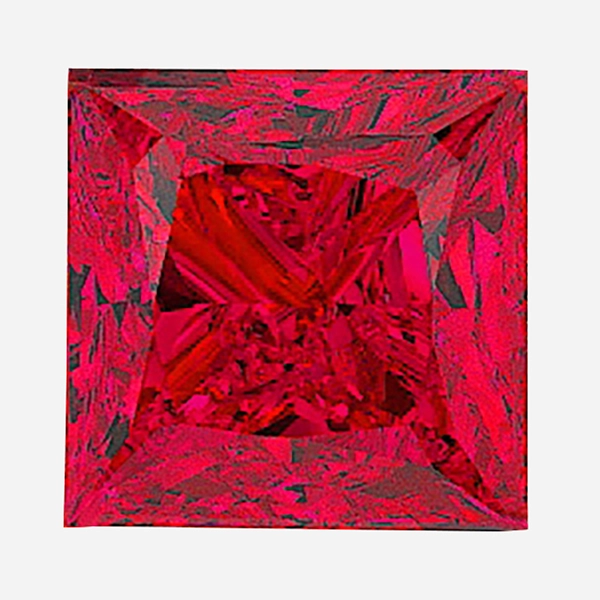
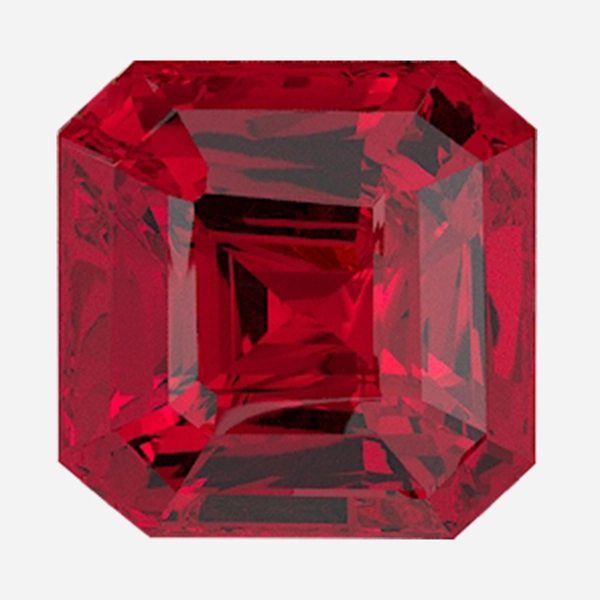
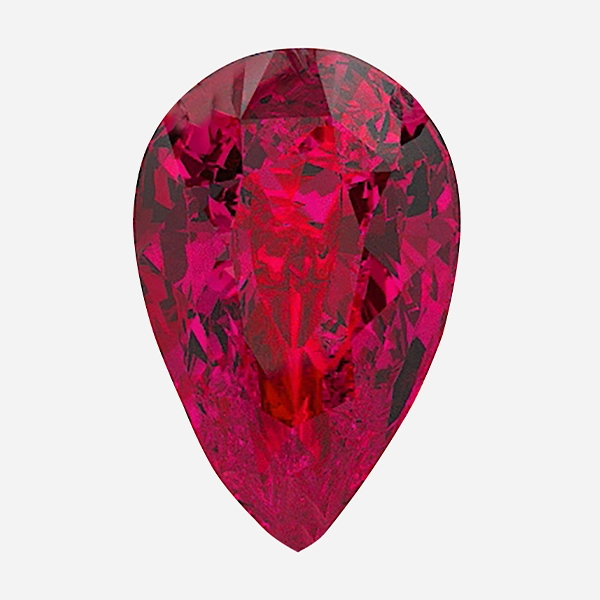
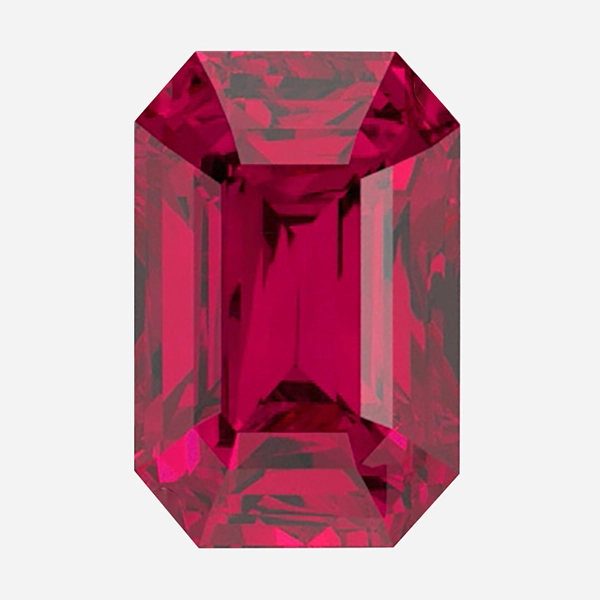
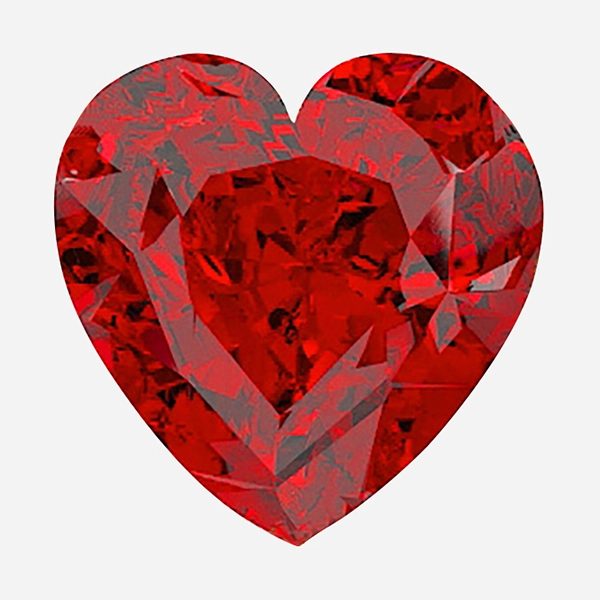
carat
price
viewed(0)
Create your perfect ruby jewellery
Work with Flawless to design your custom piece
Design stunning jewellery featuring the vibrant charm of rubies. Book an appointment today and let our team craft a piece that fits your style perfectly.
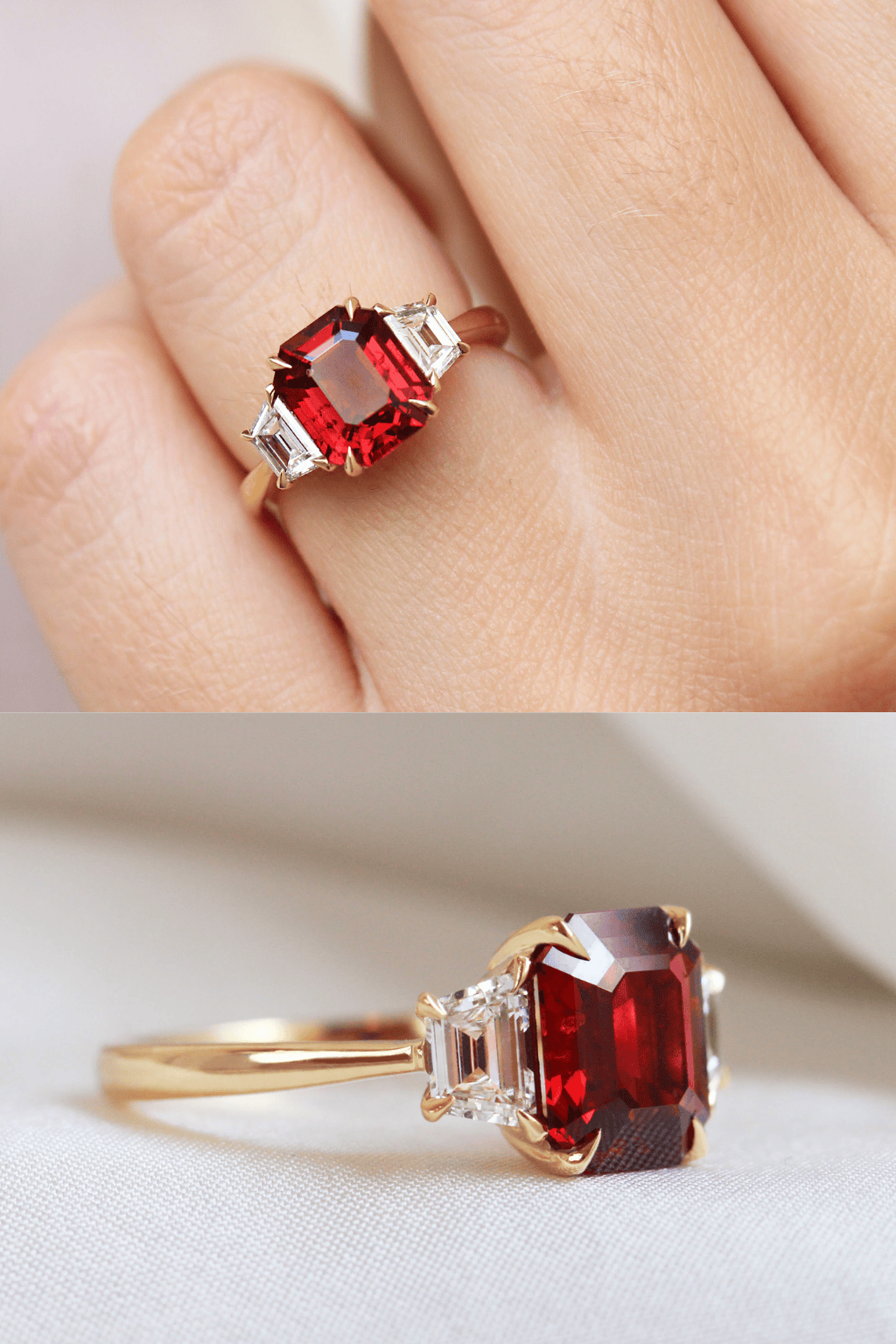
The Science Behind Ruby’s Red Glow
Rubies get their vivid red color from trace amounts of chromium within the mineral corundum. When light enters the gemstone, the chromium atoms absorb certain wavelengths and reflect a deep red hue. This reaction gives rubies their distinctive glow, especially visible under sunlight or UV light. The stronger the chromium presence, the more intense and vibrant the red appears.
Ruby Imitations and How to Identify Them
Many red gemstones, such as spinel, garnet, and glass composites, are often mistaken for natural rubies. Genuine rubies belong to the corundum family and have distinct hardness, density, and light reflection properties. Jewelers use gemological tests, including refractive index and fluorescence, to confirm authenticity. Always request a certification report from a trusted source like GIA or IGI when buying a ruby.
Ruby Gemstone - FAQs
Why are some rubies more expensive than others?
Why are some rubies more expensive than others?
Ruby value depends on color, clarity, carat weight, and origin. Stones with vivid “pigeon blood red” color and minimal inclusions command premium prices. Unheated rubies from regions like Myanmar (Burma) or Mozambique are particularly rare and valuable.
Why do some rubies appear to glow in sunlight or UV light?
Why do some rubies appear to glow in sunlight or UV light?
Rubies contain chromium, an element that reacts to light and causes red fluorescence. This is why some high-quality rubies seem to “glow from within,” especially under sunlight or ultraviolet light — a phenomenon unique to genuine rubies.
Are rubies rarer than diamonds?
Are rubies rarer than diamonds?
Yes, fine-quality rubies are rarer than diamonds of similar size. High-grade rubies with strong color saturation and minimal inclusions are extremely scarce, making them one of the most sought-after colored gemstones in the world.
